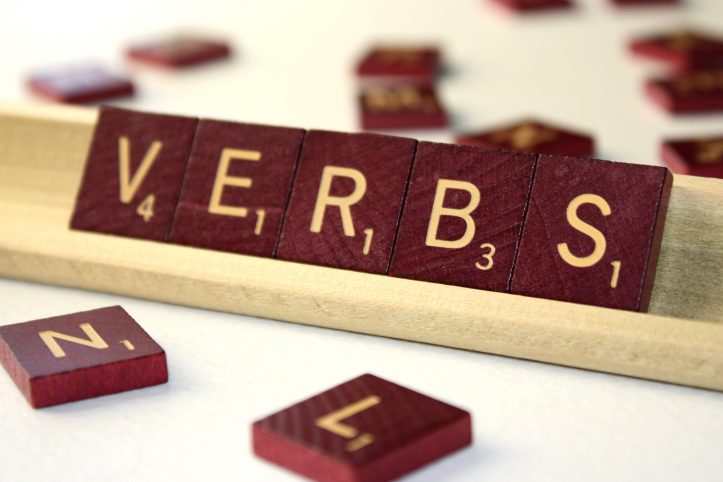A verb, in the Greek verb meaning natural thing, is a generic term that in grammar denotes an event, an existence, or an act. In the common usage of English, however, the infinitive is generally the most important form. In many Indo-European languages, verbs are also inflected into various other tenses, aspect, and moods to encode different verb tenses and verb concepts.
Verbs themselves are rarely grammatically classified but rather are used loosely to describe a range of actions (as in the common idiom – to speak). Here are some terminologies you may encounter when you study English as a second language:

Adjective. An adjective is a noun that describes a noun by means of complementing or modifying it. In English, adjectives often have one or more negative senses, reflecting the different types of things that they modify or complement (e.g., harshness, beautiful, praise, love). Some examples of negatives in English include – not, was not, never, etc., as in the example above.
Adverb. A verb is usually a noun phrase or a term used to modify one or more verbs in a sentence. In English, however, there are usually two kinds of verb: the imperative verb, which is used in imperative sentences like “You are ordering out!” And the auxiliary verb, which is used in conjunction with a verb to modify the verb in question. In this way, we have the imperative and the auxiliary. The important part of learning the English language is learning the distinction between these two kinds of verb!
Verbs are divided into action words. An action word occurs between the subject and the verb. An excellent example of an action word is the verb “be.” The subject here is “you,” while the verb “be” comes at the end of the sentence. As you can see, knowing the verb definition is important when you want to learn how to use the verb in sentences.
There are many different types of verbs in English. It’s pretty easy to understand why most English speakers have a hard time keeping all the verb conjugations in their head at one time. This is why it’s so important to know and learn about the various types of verb. By the way, you should probably stop calling them verbs and just call them actions, since verbs do not really have any meaning in the English language. You can learn more about this topic by watching my video below.
An imperative verb is one that is always present in a sentence – even if the sentence doesn’t make sense or it is obvious that the action should happen after the noun. An example of such a verb is “be”, “was”, “ought to”, “must”, “never” and “said”. The imperative verb is very important in determining the sentence structure in English. We’ll cover the other parts of the sentence later.
Many English speakers have a hard time understanding when English has both an objective and a subjective verb. One example includes the phrases “this book is really boring” and “it was really exciting to read”. Although these examples involve two different verbs, both are using the same tense. The problem is that this can be hard to understand. I’ll cover the other parts of the sentence in a later lesson.
OK, enough of my ranting. I hope you’ve learned a little bit about the different tense forms for English verbs that help us communicate with others. The next part of learning English will be about using auxiliary verbs.
Every verb has a root, which determines its verb type. There are two types of root, transitive, and intransitive. A transitive verb is one that comes directly from the root, such as “to be”. An intransitive verb is one that begins a clause with a finite verb, such as “to be”, “be here” or “go”. An example of a transitive verb would be “The man made the boat”.
As you learn English, you will come across many examples of linking verbs. A linking verb connects the subject to the verb, such as “The dog eats”. Some examples of common linking verbs include “eat”, “drink”, “eat my”, “put out your”, “run away”, “run” and “run towards”. These examples are all referring to an act of putting something into an action, but sometimes (usually in the past) the action can be reversed. For example, “run” could be replaced by “was run” or even “the dog was run”.
One of the most confusing aspects of learning English is trying to understand the singular and plural forms of the verb. The singular forms of every English verb are subject-verb agreement forms, while the plural forms are rule-phrase forms. When using the singular subject-verb agreement form, the subject is referred to as the “one” and the verb is used as the “who”, “what”, “that”, “he” or “it” in the sentence. When using the rule-phrase form, both the subject and verb are in the past tense, but the exact order is not specified. You have to learn this on your own through lots of examples and thorough study.